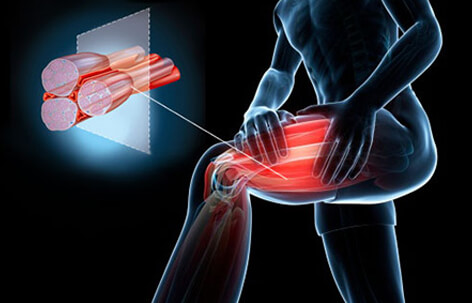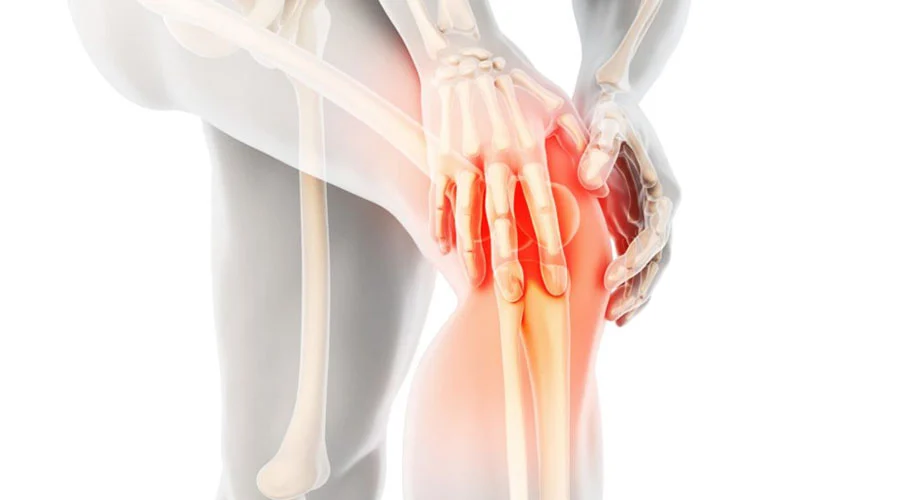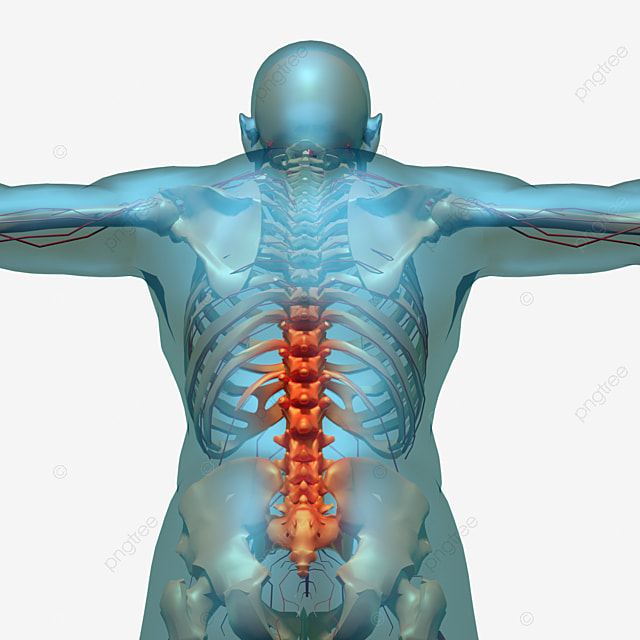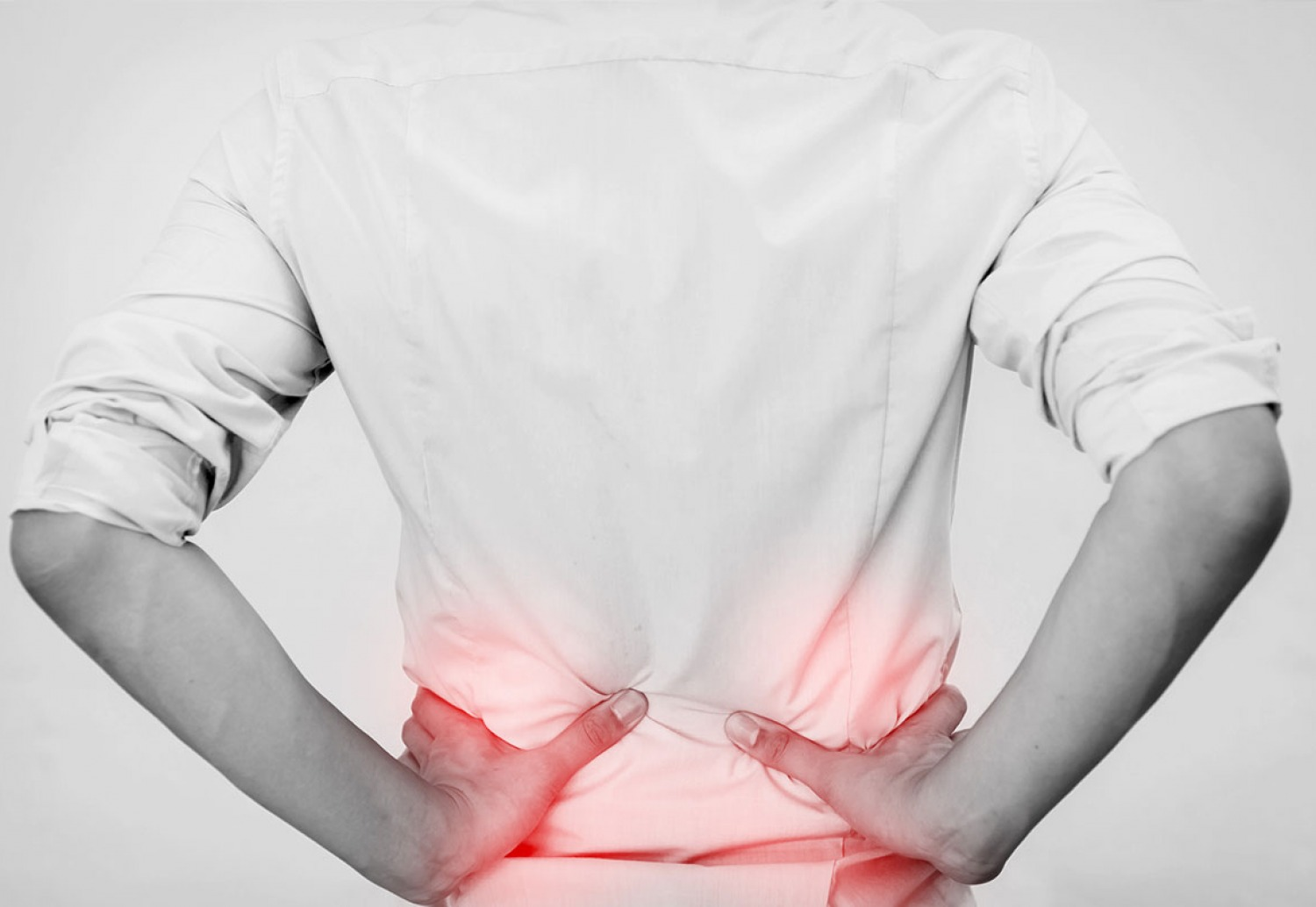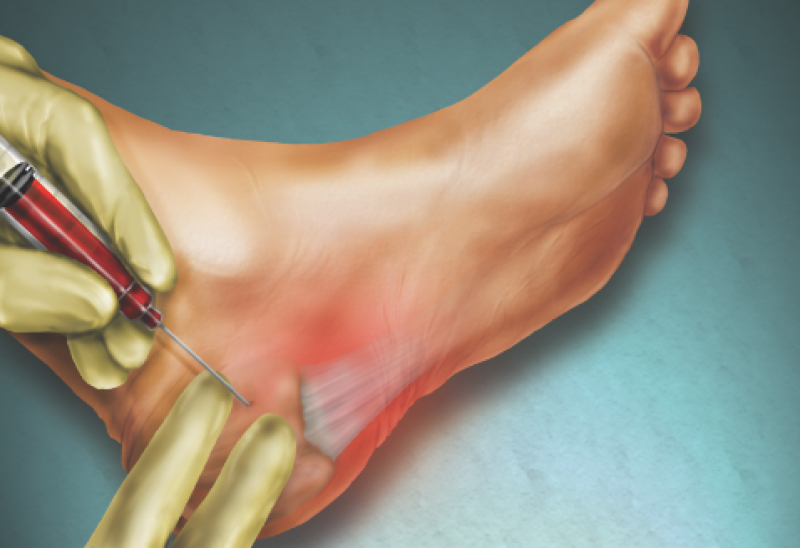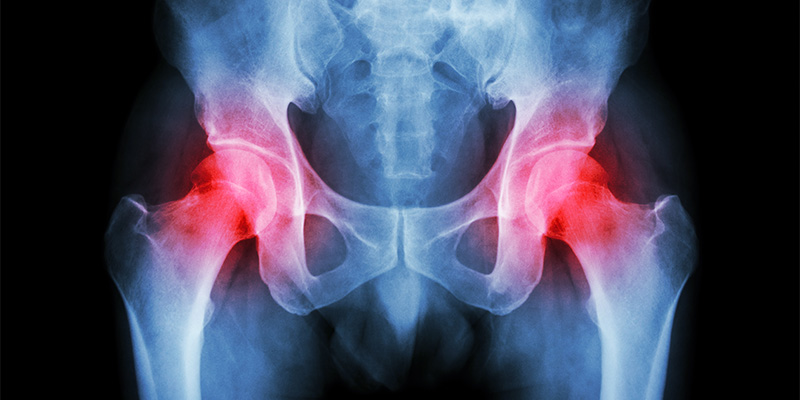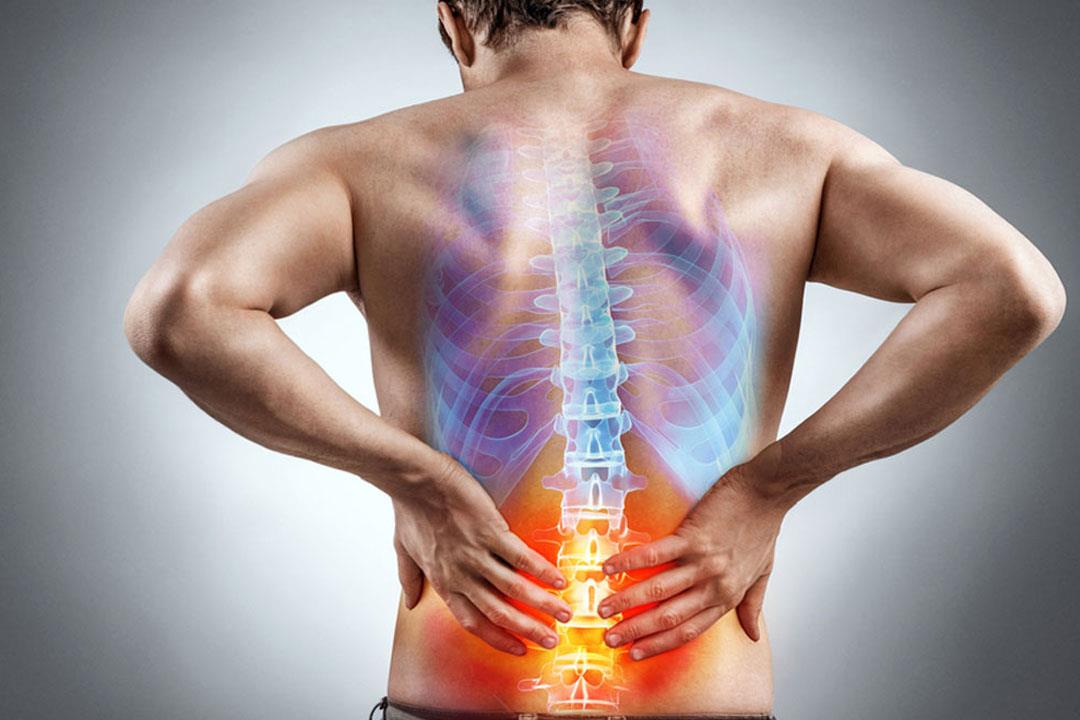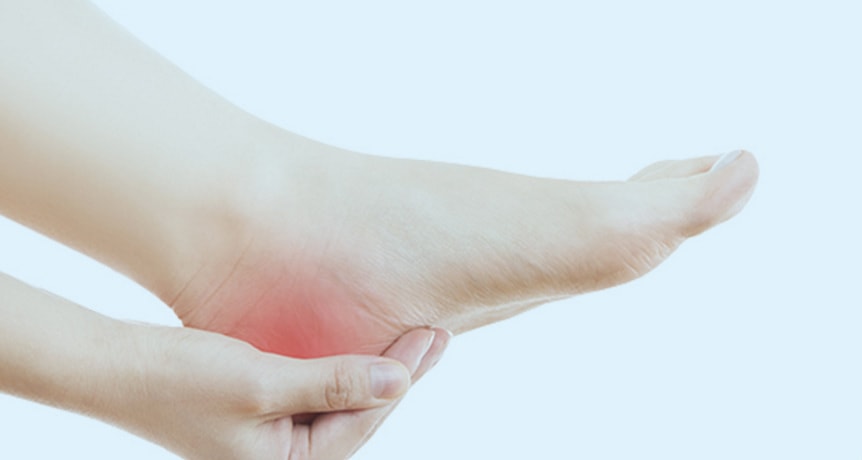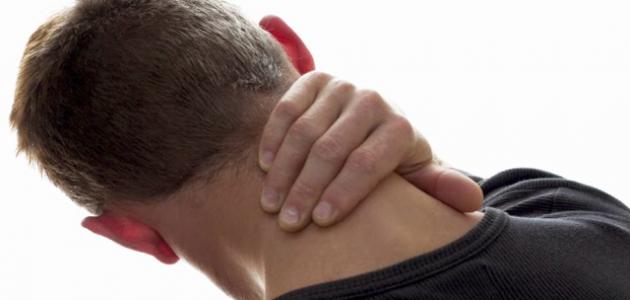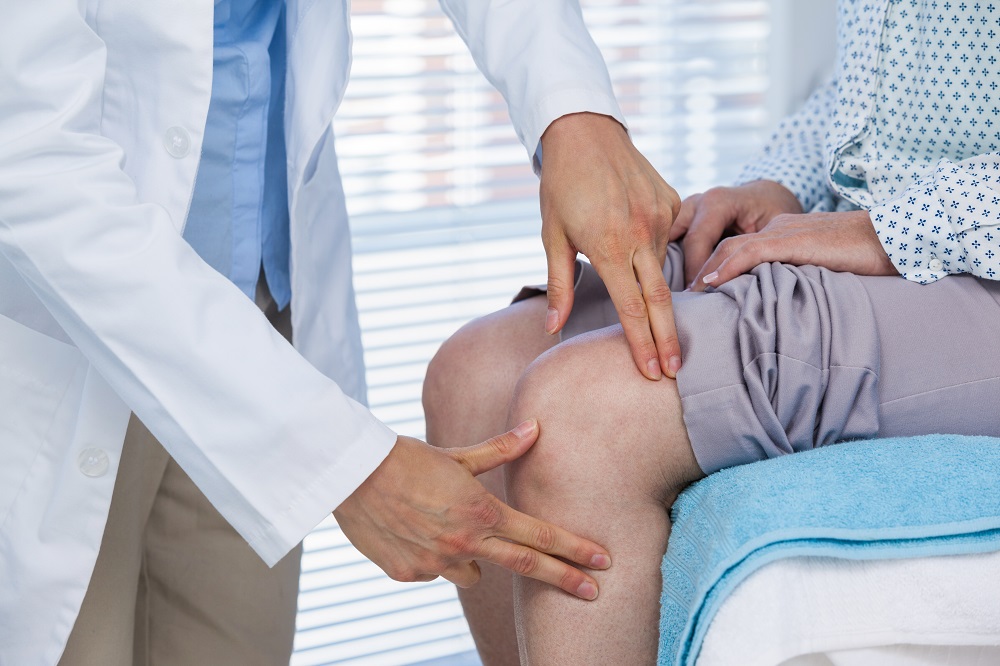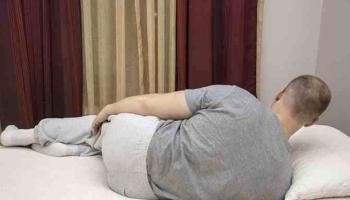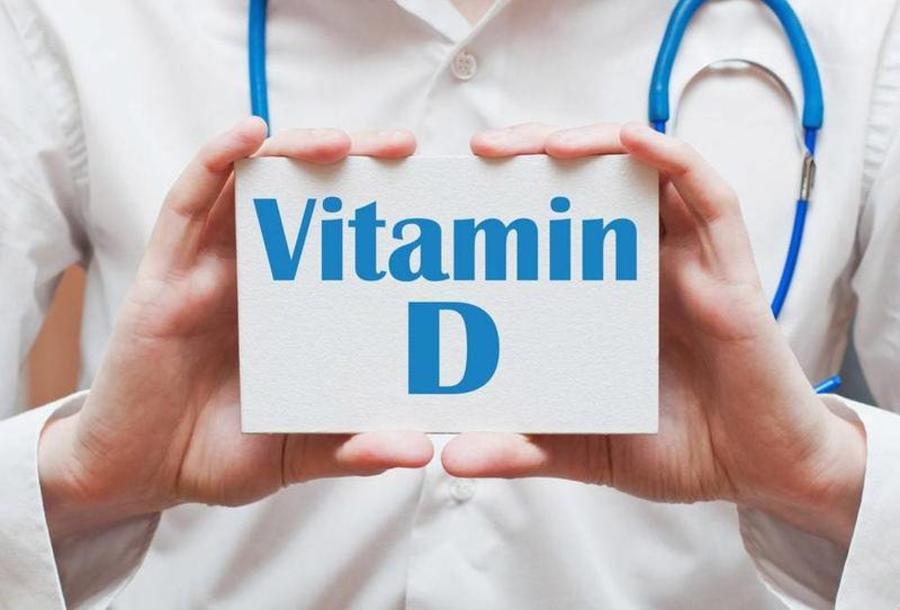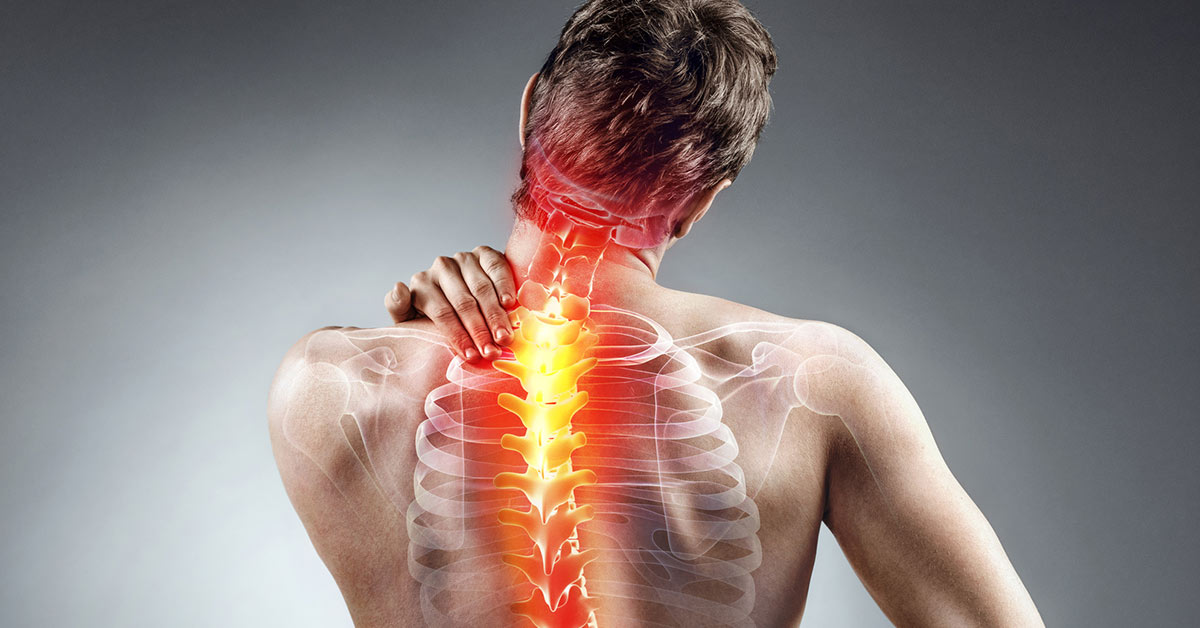Learn about the harms of cartilage treatment with a stick
Many ancient habits were previously followed to treat cartilage before technological developments in modern times, but are these methods guaranteed? Follow the article with us to get to know the answer to this question clearly and to realize what you should avoid, let’s read the following.
The harms of cartilage treatment with a stick
Many doctors reject the method of cartilage treatment with a stick, because this is only a momentary pain relief, and it comes back again stronger than before and more intense, as the effect of stick treatment does not last for more than days, and sometimes it may be only hours, and the symptoms become severe after that, and doctors warn against this method of treatment because it is completely unscientific and causes many serious complications and harm to those who follow it.
As the studies that have been conducted on those who follow this method of treatment have proven that they may resort to this method and have mild and simple symptoms, but due to the unscientific intervention in an improper way, they then suffer from very severe pain as a result of increased pressure on the vertebrae, and for this, the treatment should be at the hands of a physiotherapist using sound medical methods. In most cases, cartilage injuries do not require surgical intervention.
Cartilage injection damage
There are many damages to cartilage injections, including:
- Nerve damage.
- Damage to blood vessels and exposure to bleeding.
- Spinal cord damage.
- Perforation of the dura.
- Having a stroke.
There are also some cases in which cartilage injections cannot be considered a good solution, such as:
- Pain in more than one area at the same time.
- The patient suffers from an allergy to steroids.
- That the patient suffers from diabetes.
- The patient has bleeding disorders that prevent blood clotting.
- Catching a systemic or local infection at the injection site.
There are many side effects that cartilage injections may cause, for example:
- Severe pain at the injection site.
- Feeling sick.
- severe dizziness
- Unconsciousness.
- blushing.
- Headache.
Cartilage pain
Feeling pain in the lower back is one of the symptoms that appear on the individual, which is a sign of cartilage injury, as this is the body’s way of trying to tell the patient that something is wrong, but the matter is not limited to that only, as many other symptoms are associated with that, such as:
- Feeling of tingling and numbness: This occurs as a result of the sliding cartilage pressing on the nerve roots, and this results in a malfunction in the nerve function, which makes it unable to send signals to the extremities, and this results in a feeling of numbness.
- Muscle apathy: A herniated disc causes a problem in transmitting signals to the muscles, causing them to become very weak and slow reactions.
- Difficulty sitting or standing: The pain is severe in most cases to the extent that the individual is unable to sit or stand in a good way as this causes more pressure on the area that surrounds the nerves.
- Sharp pains at certain reactions: Some movements increase the severity of the pain that the individual feels because they cause great pressure on the surrounding nerves, such as bending.
- Coldness on one side of the body: Cartilage pressure on the nerves in a certain way may cause something like numbness and coldness on one side of the body.
- Pain when sneezing or coughing: Sneezing or coughing causes pressure on the abdomen that extends towards the back in the affected area, resulting in severe pain.
Cartilage treatment with wood
Treating cartilage with wood is considered one of the Egyptian habits that have been inherited since ancient times, and which are resorted to to avoid surgical intervention, and some wood healers may resort to using their hands as well during treatment in order to remove the cartilage from the nerves in order to relieve the pain that this causes, but doctors do not recommend this treatment method because it is unscientific and those who do it are not people specializing in the medical profession, and this may result in serious complications.
What is the treatment of cartilage inflammation?
Costochondritis treatment includes the individual following the doctor’s instructions well, as the treatment, in this case, focuses on calming the severity of the inflammation and the symptoms that accompany it, for example:
- Anti-inflammatory: This is very effective in reducing inflammation, especially for those with mild symptoms.
- Steroids: An example of this is Prednisone and many others.
- Other drugs: They work to focus on slowing down the immune system.
What are the degrees of herniated disc?
The degrees of a herniated disc include four stages, and each of them has serious complications that are worse than the previous ones, and this is represented in the following:
- Disc protrusion: This is the result of a bulging of the spiral nucleus into the annulus without interruption in the outer part of the fibrous annulus.
- Prolapsed disc: This occurs as a result of the spiral nucleus prolapsing outside the annulus fibrosus without complete disruption of the annulus fibrosus.
- Disc extrusion: This is the result of a complete break in the fibrous annulus as a result of the bulging of the spiral nucleus out of the annulus.
- Sequestered disc: In this, fragments of the spiral nucleus and the annulus fibrosus completely detach from the disc.
The first and second stages are considered an incomplete slippage of the cartilage, while the third and fourth stages are a complete slippage or hernia, and this results in the disc material exerting internal pressure on the nerves, and this results in severe pain that is accompanied by some other symptoms such as numbness, numbness, weakness, and the loss of the ability to show quick reactions.
There is also another stage that precedes each of the four stages that have been mentioned, which is called disc bulging.




